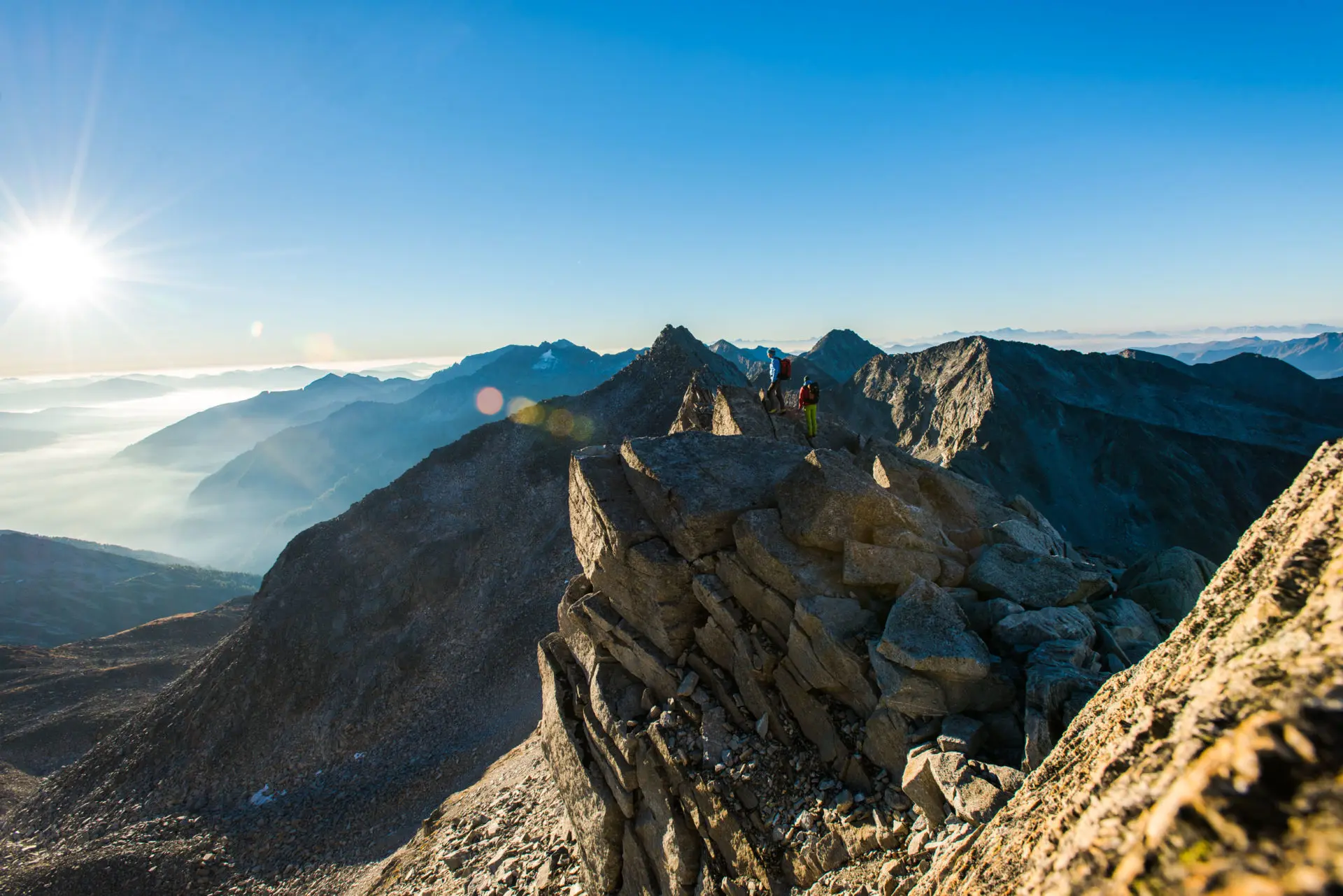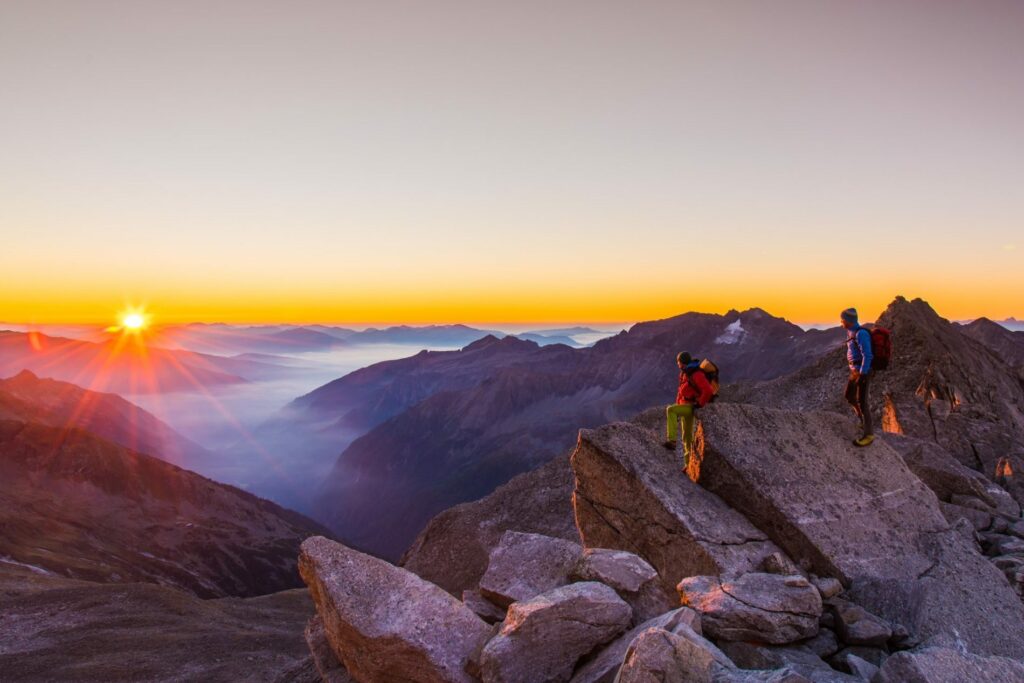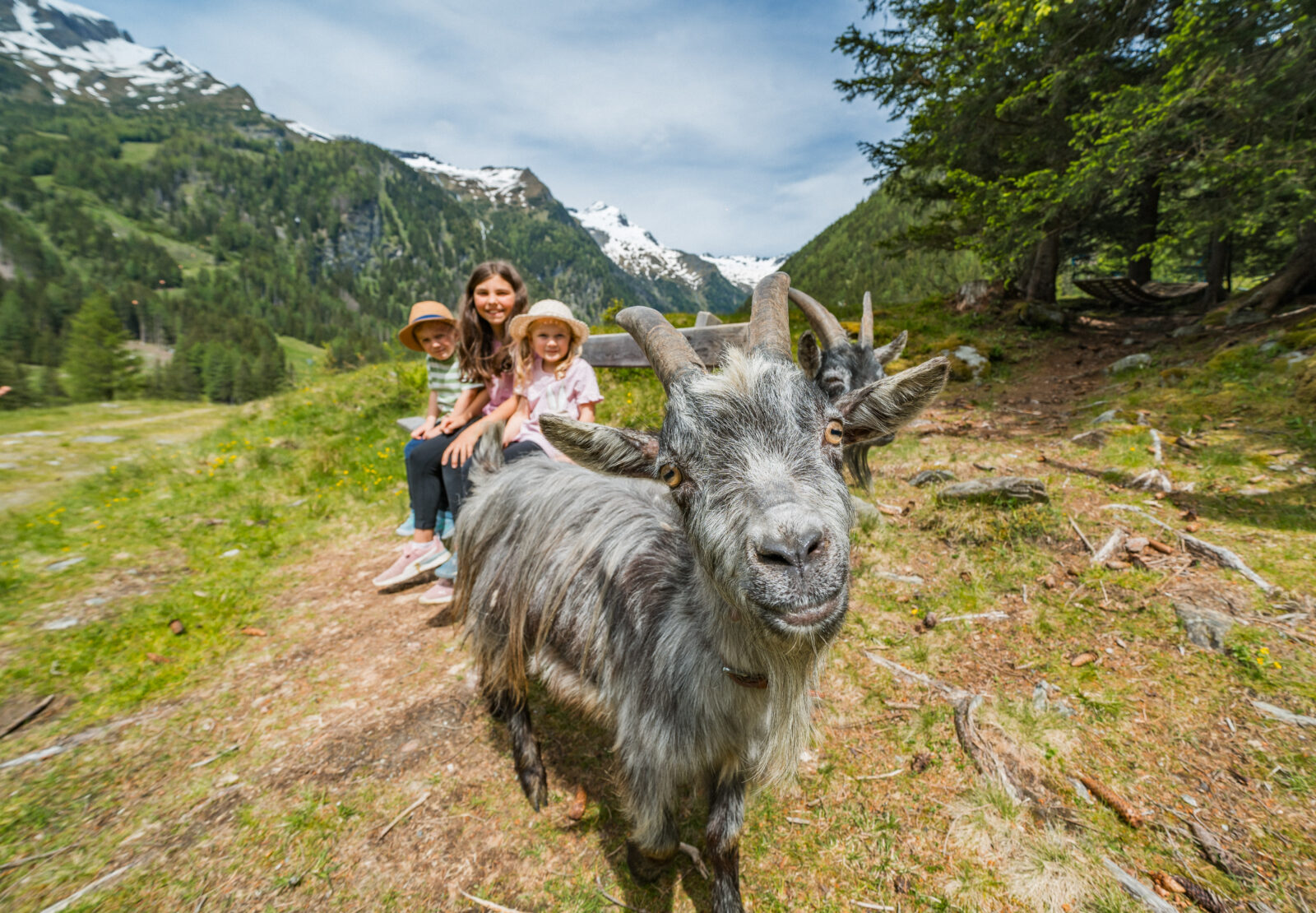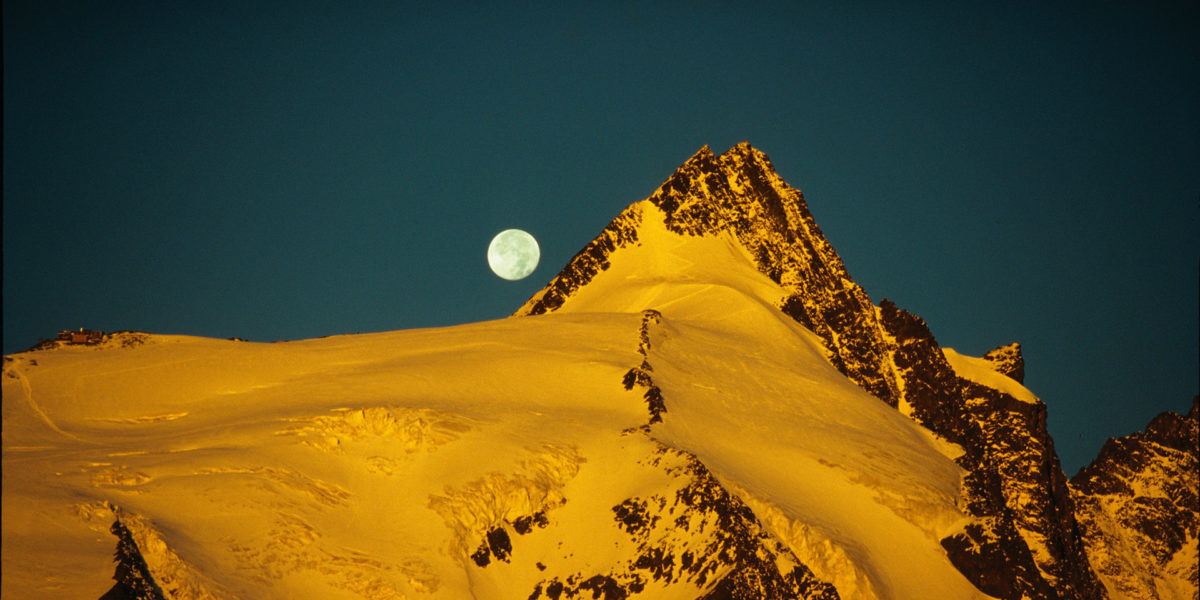
The fascination of the mountains
Mountain experience in the Hohe Tauern National Park
Wide glaciers, steep flanks, green mountain lakes, impressive waterfalls and in between a dense network of hiking trails and mountain paths - these are just waiting to be walked and experienced by you. Hiking in the Hohe Tauern National Park, a journey of discovery in Austria's most impressive natural area.
Myth Großglockner
Alpine dream on the roof of Austria at 3,798 m
It is the undisputed symbol of Austrian mountaineering dreams, the Großglockner. The tour to its 3,798-meter summit and the country's most famous summit cross is not only far and high, it is also technically demanding and thus reserved for people who have a base of alpine skills. Many paths lead up and many steep flanks lead back down.
Discover the roof of Austria in the beautiful Hohe Tauern National Park.
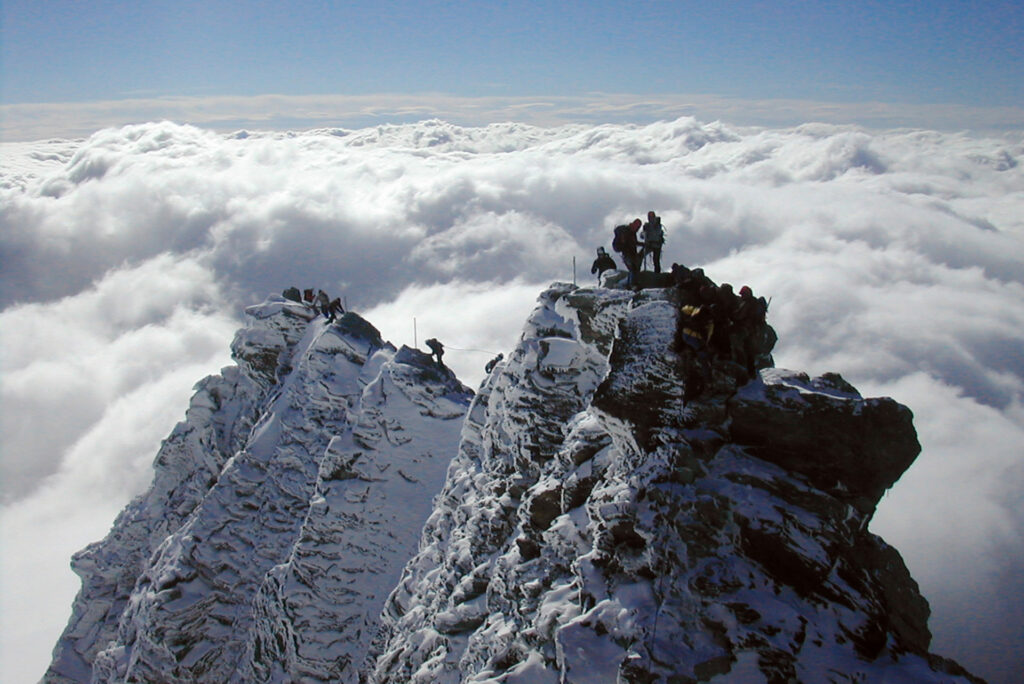
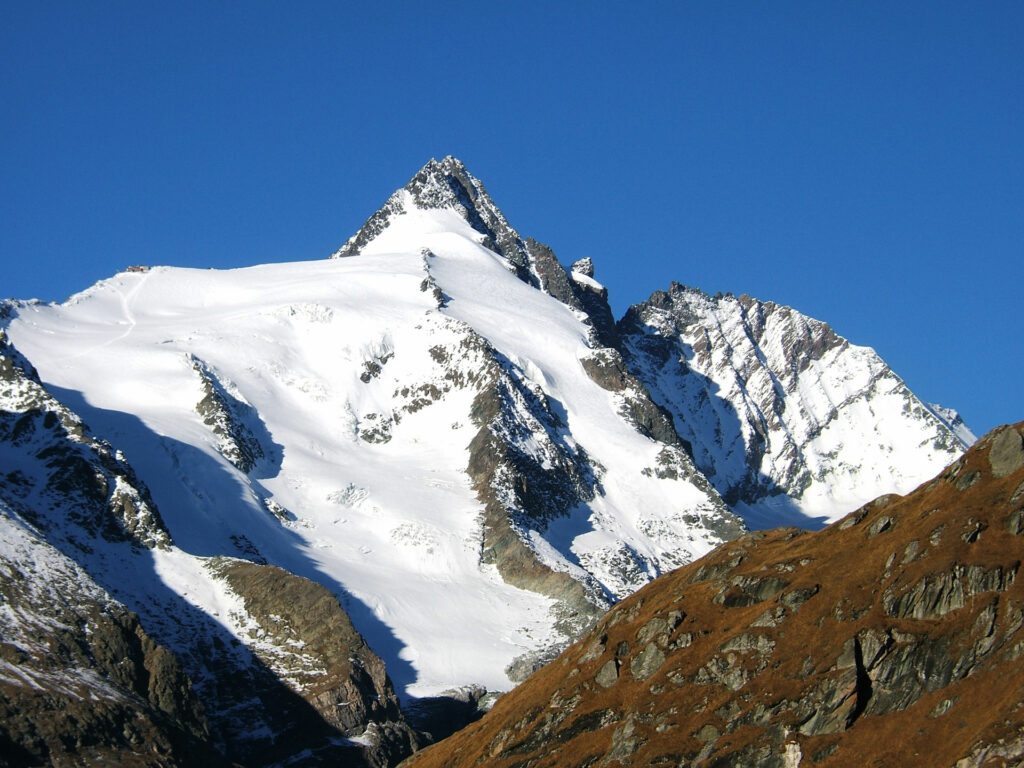
Fulfill your dream ...
... and climb with us to the roof of Austria. You have the choice of normal ascents, ridge ascents or a tour through the impressive north face; your ability and experience determine the route. Local mountain guides and experts on the Grossglockner will take you under their wing and get you safely to the summit and back down again. Take your time, there are several huts waiting along the way and the tour is far too beautiful to conquer in just one day.
THE mountain of dreams
Many people know its silhouette: be it from various photo motifs with the pilgrimage church of St. Vincent in Heiligenblut or from the Kaiser-Franz-Josefs-Höhe with the Pasterze in the foreground. Fact is: the highest mountain in Austria acts like a magnet for mountaineers from all over the world. On July 28, 1800, it was climbed for the first time by the Klotz brothers, the priest Horasch and a certain Mr. Stanig.
What do you think: "Will you also follow the pioneers?"

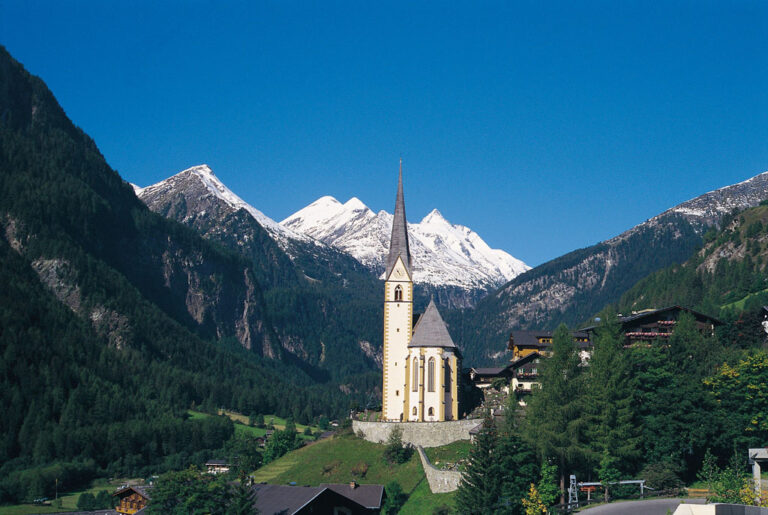
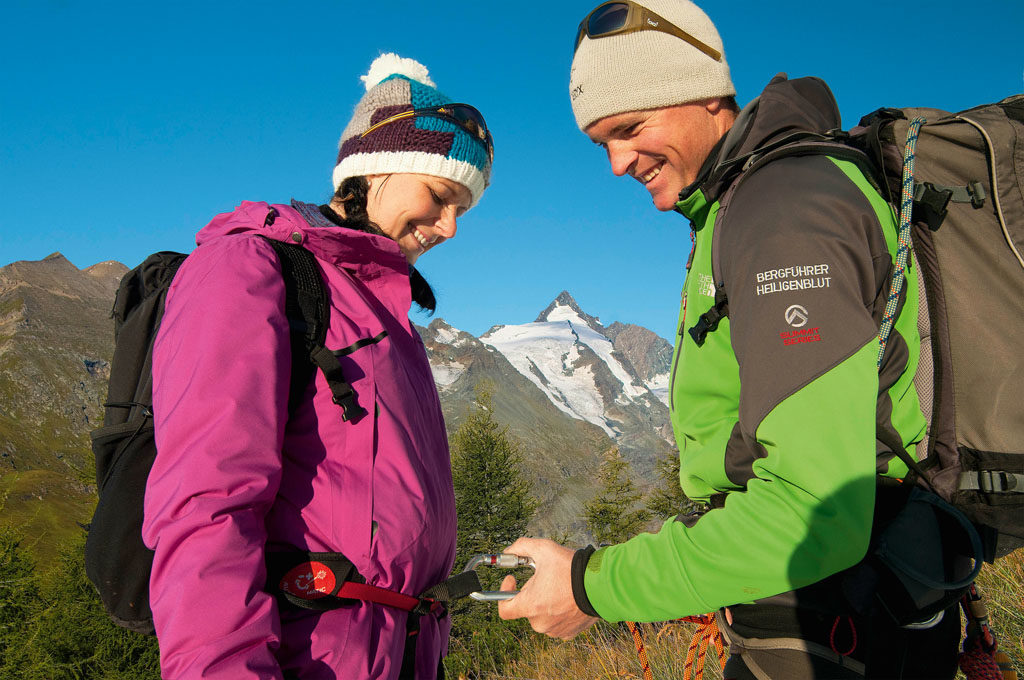
The way to the summit victory ...
... leads for many via the normal route through the Leitertal to the Salmhütte, which is reached after about 4-5 hours. After a comfortable night, the path leads over the Hohenwarterkees and the western rock flank to the Hohenwarterscharte and further over the Salmkamp to the Erzherzog-Johann-Hütte. From here "only" 360 hm separate us from the summit, which, however, have it in themselves. Via fixed belay points, the path in the II. degree of difficulty leads over the up to 40° steep Glocknerleitl to the Kleinglockner and over the exposed Glocknerscharte up to the long-awaited summit cross.
Normal route, ridge or north face
For the well-known ridge ascents and the north face, the highest alpine skills and a lot of experience are required. The majority of Glockner aspirants plan an ascent via the normal routes from Heiligenblut or Kals or via the Hofmannskees starting from the Kaiser-Franz-Josefs-Höhe. Names like Meletzkigrat, Stüdlgrat, Nordwestgrat, Pallavicini Rinne or Mayerlrampe will make real mountaineers' eyes moist. Those who are up to it are looking forward to alpine highlights.

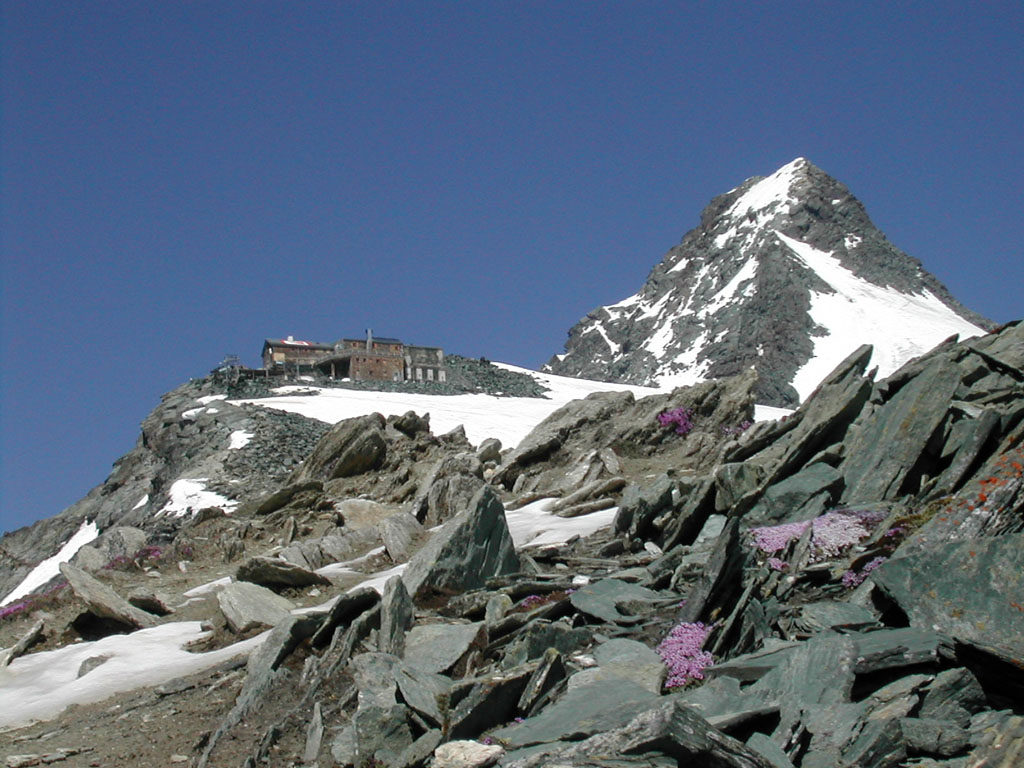
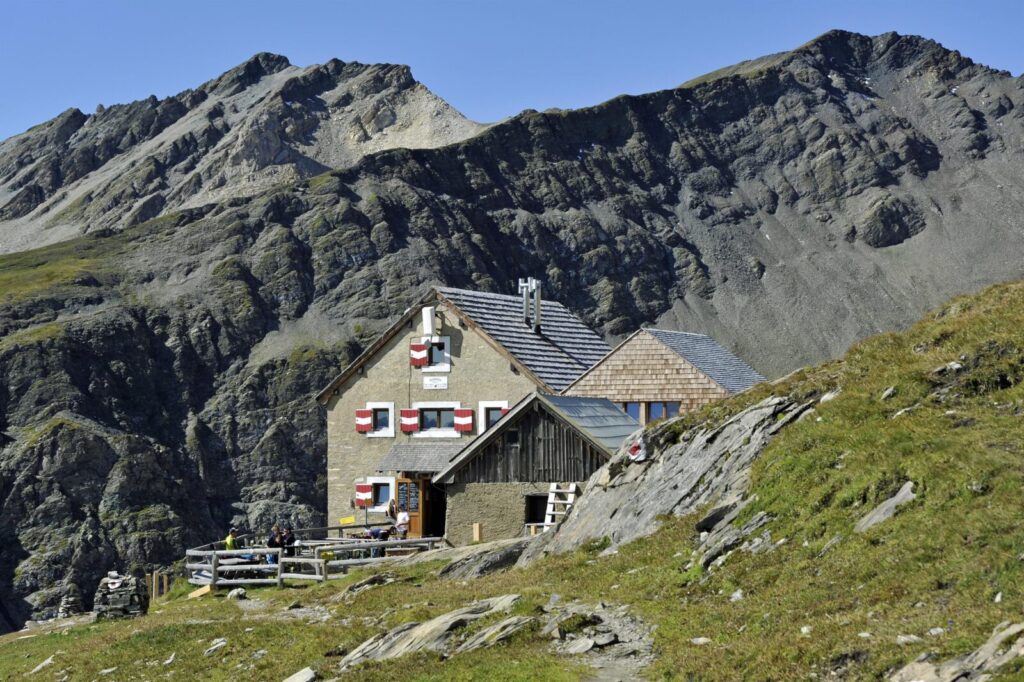
The huts on the way to the Großglockner
The Salmhütte at 2,638 m above sea level is your base when you tackle the Großglockner from the Heiligenblut side. Managed from mid-June to mid-September, the Salmhütte offers 50 sleeping places. The Stüdlhütte stands at 2,802 m in the Fanatscharte and accommodates you if you want to climb the Glockner from Kals. From the end of June to mid-October there are over 100 sleeping places available. The most important base on the way up is the Erzherzog-Johann-Hütte on the Adlersruhe at 3,454m. 120 sleeping places offer rest and relaxation before the summit from the end of June to the end of September.
Checklist - Challenges on the way to the Grossglockner
-
STONE HITS
Beware of stone hits, never without helmet -
THUNDERSTORMS/weather storms
Increase the difficulty enormously -
INADEQUATE EQUIPMENT
A danger to yourself and others -
LAWINEN
Play a role on the Grossglockner at any time of year
-
GLETSCHERSPALTEN
Roping and belaying technique are prerequisites -
THE HUMAN
Equipment improves, understanding and instinct diminish -
INCREDIBLE SKILLS
The ascent to the summit is difficult and exposed
Climbing & Via Ferrata
"Vertical" experiences in the Hohe Tauern National Park
Hiking is all well and good, but walking in stone and rock does not lure us out from behind the stove. We want to go vertical, and preferably with a breathtaking view of the surrounding mountains. The Hohe Tauern provide the best terrain for various vertical adventures. Be it on a sport climbing tour in the climbing garden, on epic via ferratas or on high alpine summit climbing.
You want to face a vertical challenge yourself? Here you get a small overview of via ferratas in the Hohe Tauern National Park
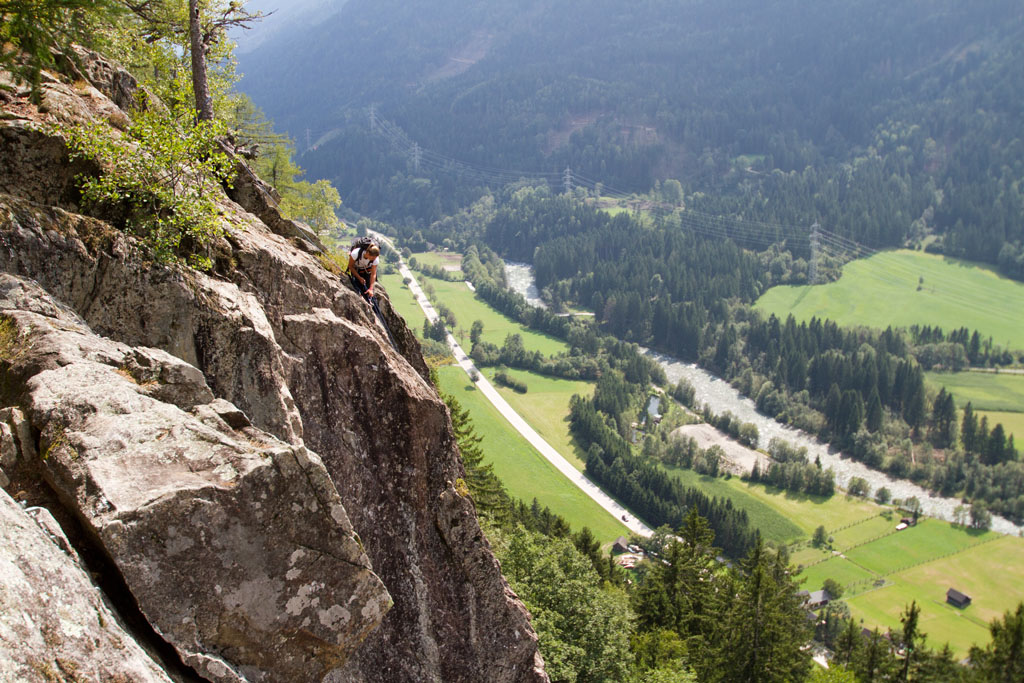
![Sportklettern-cNPR_R.Preimel-1024x681[1]](https://nationalpark-hohetauern.at/wp-content/uploads/2023/10/Sportklettern-cNPR_R.Preimel-1024x6811-1.jpg)
Climbing gardens in the Hohe Tauern mountains
Bombproof rock and wonderful conditions for sport climbing characterize the climbing gardens in the Hohe Tauern National Park. The Danielsberg is located in the Mölltal and is home to a magnificent climbing garden with 30 routes in difficulty levels IV - IX. In the Arthur-von-Schmidhaus climbing center there are even up to 50 routes with difficulties III - IX. In the area of the disused Reißeck railroad there is a climbing garden with 12 routes in difficulty III - VI.
Climbing adventure in the Hochalmspitze area
The shapely Hochalmspitze is rightly called the queen of the Tauern. The Detmolder Grat is a challenging but rewarding route to the striking summit. The tour is demanding and requires, in addition to via ferrata experience, the swift, safe movement in rocky terrain up to grade I-II. Walking on snow and firn should additionally not be a difficulty, not to mention a fair amount of stamina to get to this great summit. Those who make it, however, will be rewarded with a breathtaking panorama.
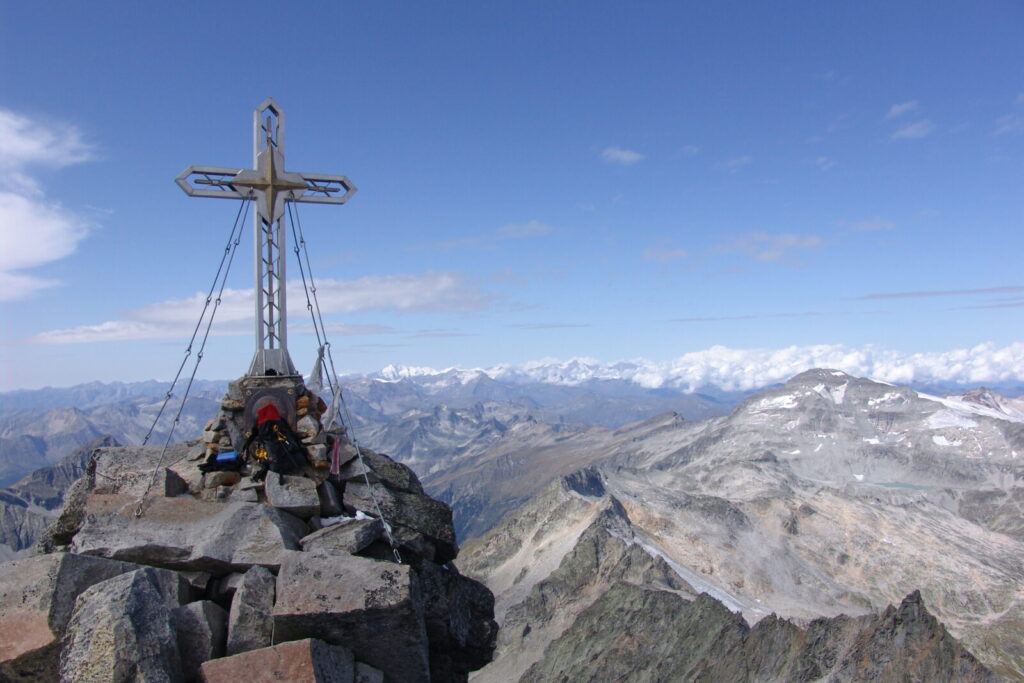
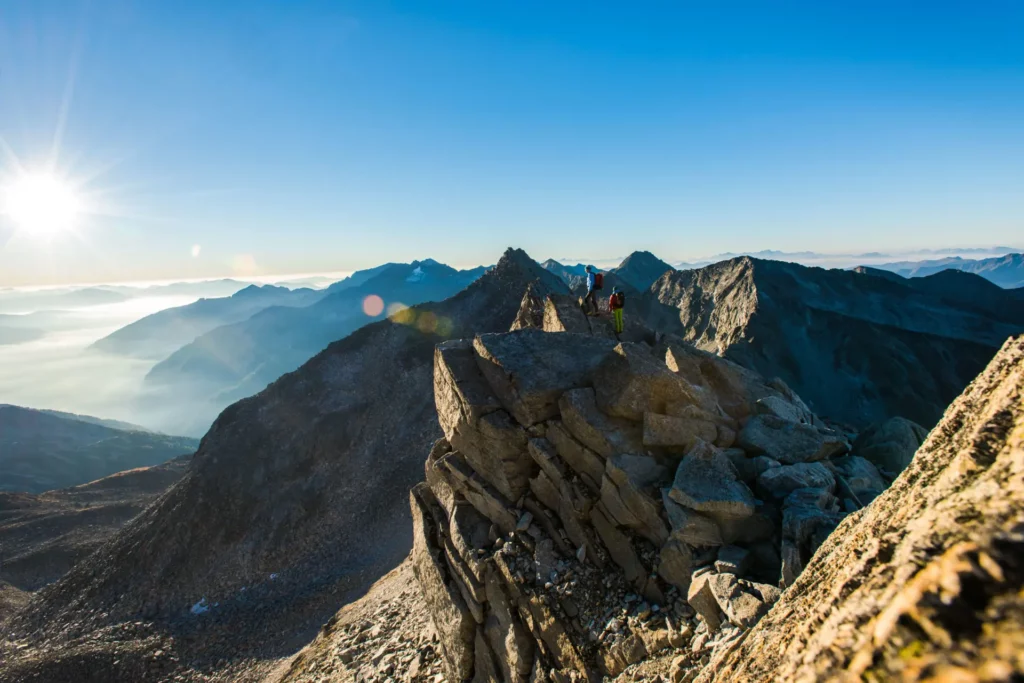
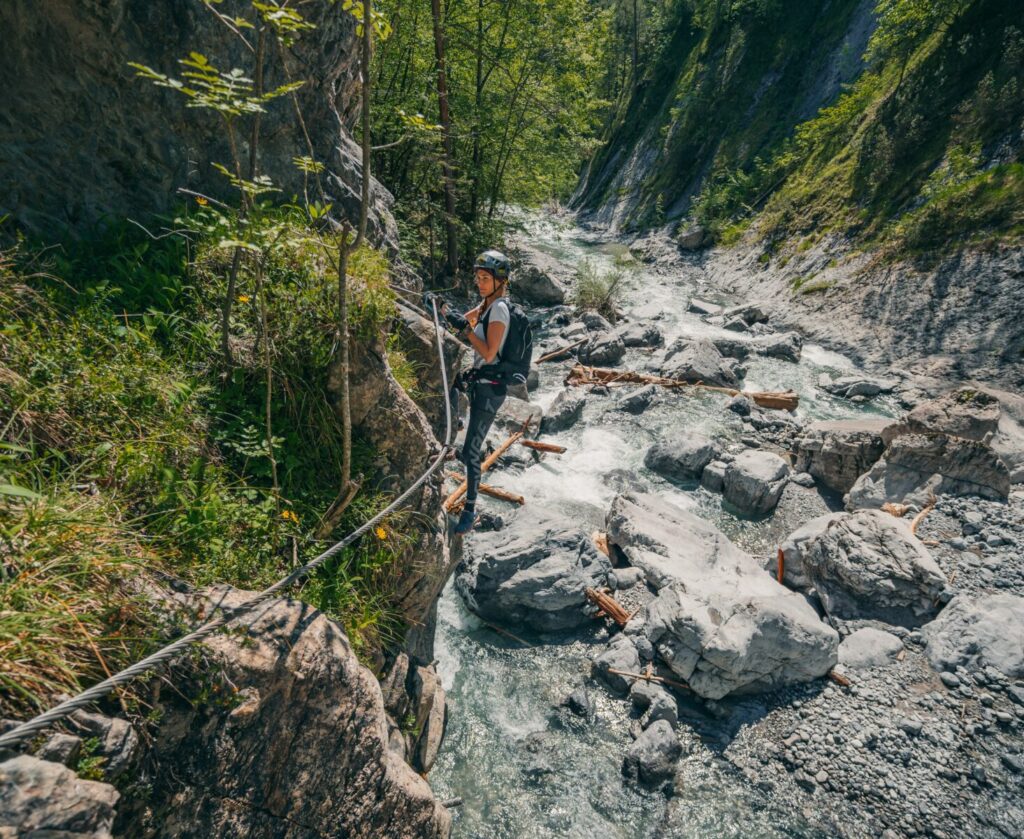
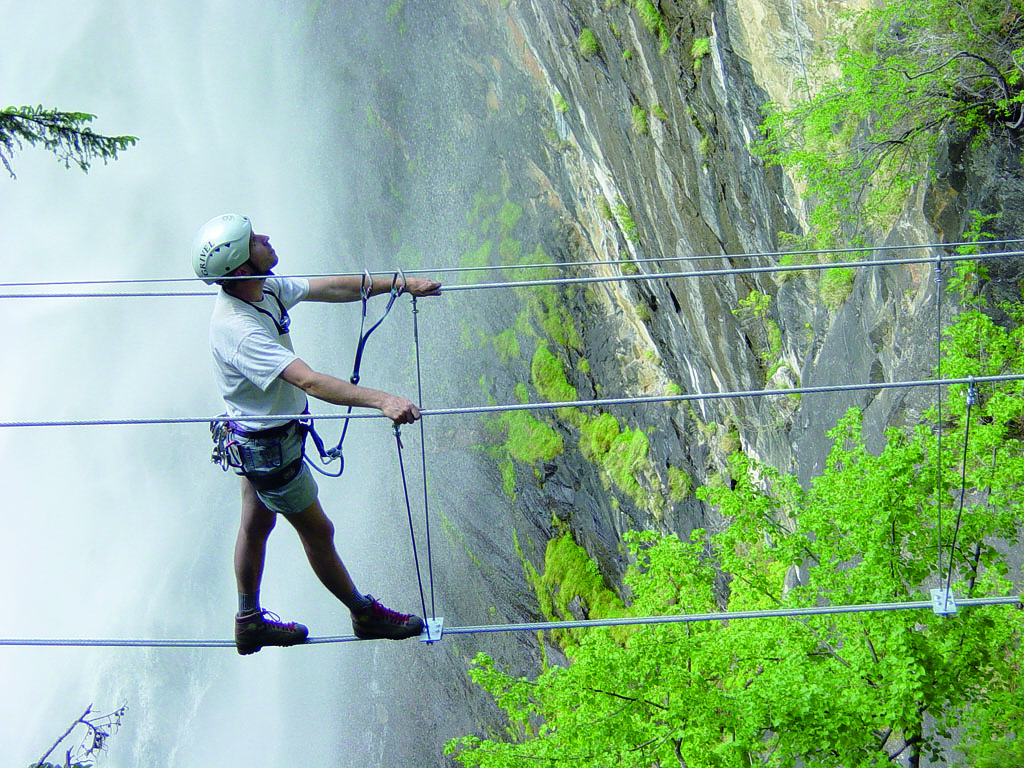

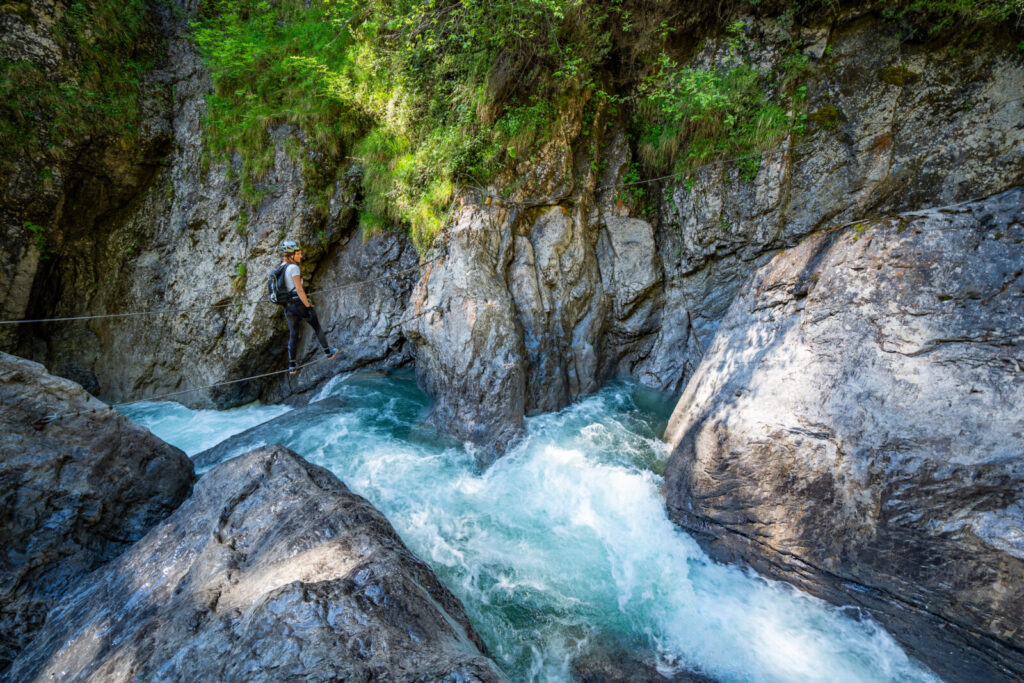
Via ferrata - vertical for everyone
Anyone who says sport climbing must also say via ferrata. No other alpine sport has enjoyed as much popularity in recent years as via ferrata climbing. However, many people often underestimate the fact that these are also alpine playgrounds where skill and experience are important components. The Säuleck south face climb with its D and E sections is a real challenge. The practice via ferratas at the Arthur-von-Schmidhaus climbing center or at the Reißeck hut are easier. In the Möllschlucht gorge near Heiligenblut, a via ferrata with C and D sections awaits you, leading along the "wild waters" of the Möll through an impressive gorge. The Pirknerklamm gorge in the Drautal valley offers a great, not too difficult via ferrata with easy C sections. The highlight is the passage at the Rainbow Falls, where you climb directly above the thundering masses of water.
Top 5 Via Ferrata in the Hohe Tauern
Indoor climbing - fun for big & small
At the gateway to the Mölltal and the Hohe Tauern National Park Region - directly on the B106 federal road - lies the Mühldorf climbing hall. As one of the largest climbing halls in Carinthia, the climbing hall Mühldorf offers a climbing paradise on more than 1,250m² and over 110 routes. 5 self-securing machines ensure that not only professionals, but also career changers and interested people, get their money's worth at any time. In the colorful children's fun area, even the youngest can approach climbing in a playful way and live out their natural urge to move.
The attached bistro with sun terrace invites you to relax and enjoy. The climbing hall Mühldorf offers a wide range of courses, workshops and events (e.g. children's birthday parties, corporate events).
![photo-building-right-26[1]](https://nationalpark-hohetauern.at/wp-content/uploads/2023/10/photo-baurecht-261-1024x661.jpg)
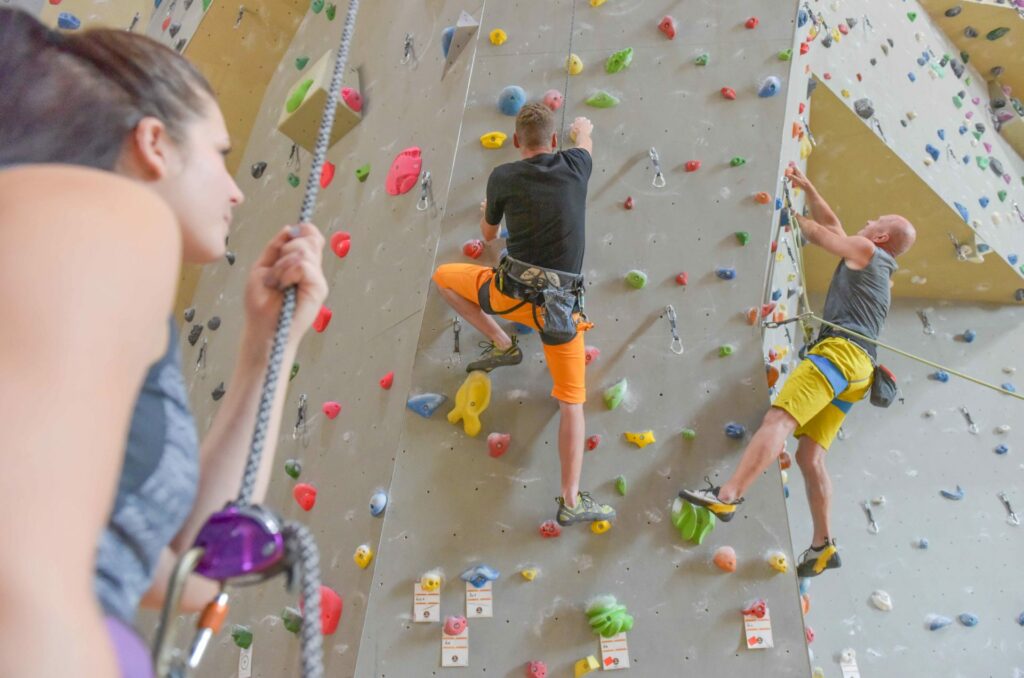
Info hotline
+43 4824 2700
You are currently viewing a placeholder content from Default. To access the actual content, click the button below. Please note that doing so will share data with third-party providers.
More Information

